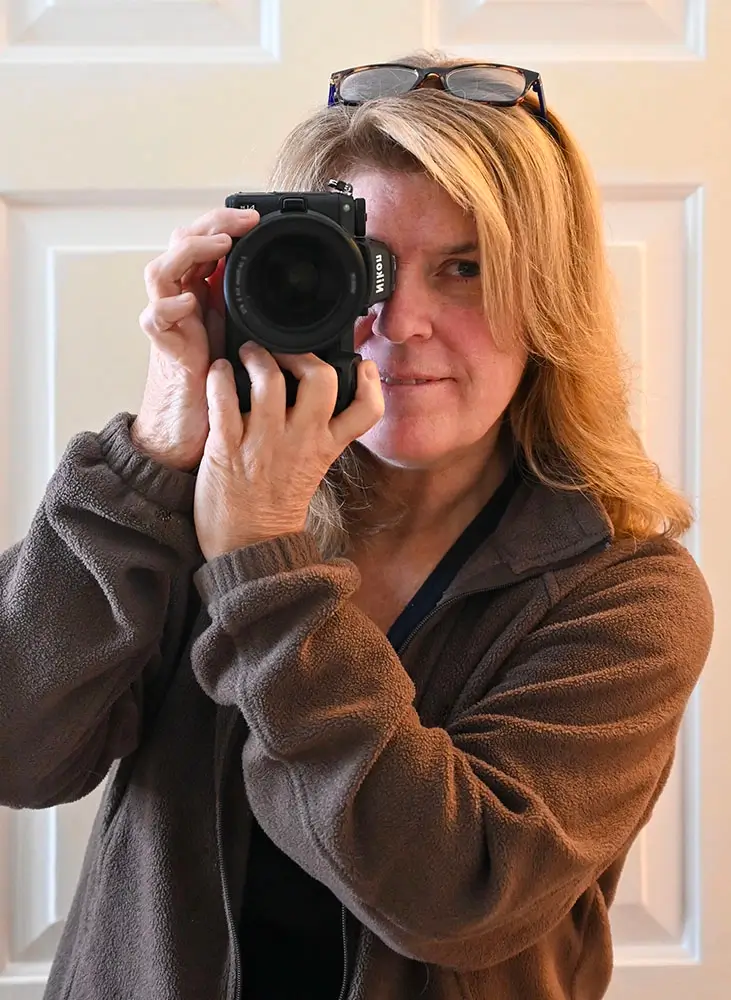Sandy Hill grew up in a small town in Northeastern Ohio. The natural beauty as well as the rustic farms in the area provided the inspiration for her interest in photography. She earned a Bachelors degree in Photography at RIT before moving to Massachusetts where she was a freelance photographer for daily newspapers and a wire service in the greater Boston area.
Her current work in portraiture has grown out of her interest in people and learning about different cultures as well as a general curiosity about others. She is also enjoying learning more about fine art photography and exploring that branch of her craft. Her photographs have been shown in multiple curated exhibits, two solo exhibitions and her news photos have been published in publications around the world.
AMERICAN LAWN DÉCOR
After a tumultuous year filled with isolation and conflict I decided to search for the innocence and optimism that I’ve always associated with our country, even as we hold different views, beliefs or backgrounds. I found signs of this in the joy of yards adorned with unique decorations. The many different perspectives on what constitutes beauty or humor continue to intrigue and draw me to a door to find out who lives or works there. Rarely have the residents turned down my request for a quick portrait, and they stand with dignity and pride, humor or mystery, near a fictional world created for us to enjoy.
My intention was to avoid judgment. Rather I felt the need to search for a connection to people who share my country, and regardless of beliefs, views or background chose to celebrate life during a pandemic and beyond.
This work was inspired by a desire to renew my own hopes and optimism for our country by looking beyond the headlines and finding a positive commonality. It is also my hope that these photographs can perhaps help us realize that we can find connections even during times that seem to be driving us apart.
